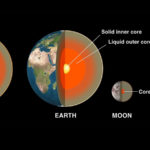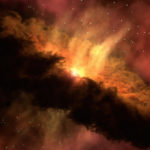Urban heat islands are often associated with the dominance of concrete, asphalt, and limited greenery. A particular study, however, revealed […]
Science
California DFA Sued Over Withheld Bird Flu Outbreak Data
Two groups of health and legal advocates in California have filed a lawsuit against the California Department of Food and […]
Revised CDC Webpage Includes False Vaccine-Autism Link Claims
The U.S. Centers for Disease Control and Prevention introduced a substantial revision to its autism and vaccines information page on […]
Lithium Battery Recycling: How Much Money Can It Save and How Much Pollution Can It Reduce?
The global demand for lithium-ion batteries is rising rapidly because of the growing demand for electric vehicles, renewable energy storage, […]
Trump Gave Unsound Medical Advice Online At 4 AM
United States President Donald Trump drew heavy criticism after sharing unverified medical advice on Truth Social on 26 October 2025 […]
WHO: Alcohol Behind Thousands of Cancer Cases and Billions of Economic Losses in Europe
A new scientific review conducted by the International Agency for Research on Cancer, released on 14 October, has warned that […]
Earth’s Core: What Is It Made Of And Why Is It Hot?
The internal structure of the Earth is called the core. It is one of the three primary mechanical structures and […]
Black Hole vs White Hole vs Wormhole: The Difference
There seems to be an abundance of holes in the universe and in the realms of theoretical physics. Drawing from […]
Unique Naked Mole-Rat Protein May Guide Future Human Anti-Aging Research
Naked mole-rats can live up to 37 years despite their small size. This is the reason why researchers have turned […]
Study Examined How Illness Reshapes Work, Chores, and Finances in Relationships
Illness within a household not only disrupts an individual. It ripples through every shared routine, testing emotional resilience, financial stability, […]









